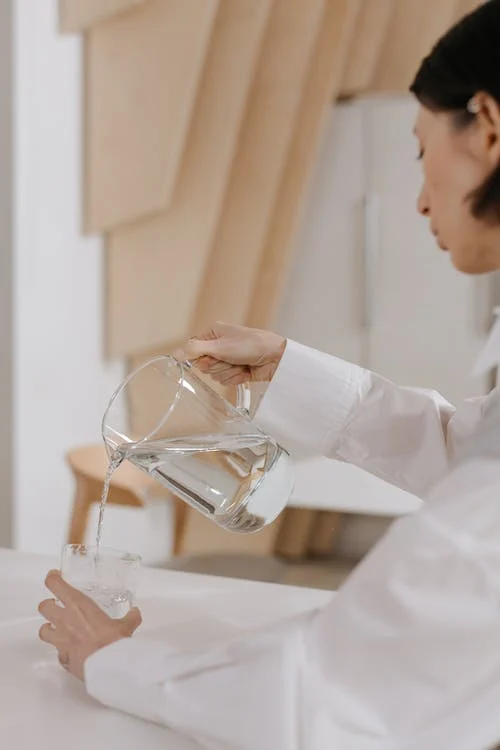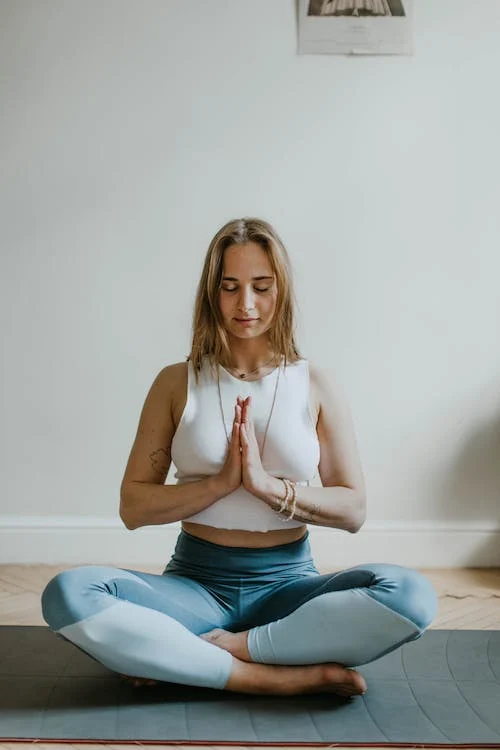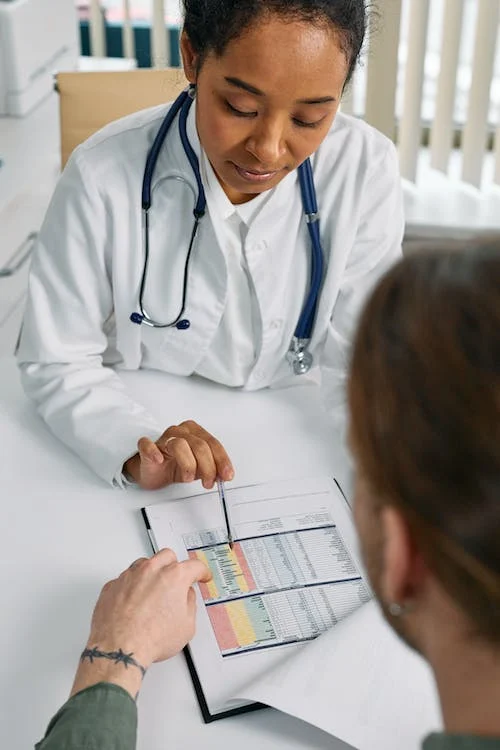Chronic Illness Check List/Bag
by: Dr. Amy Patel Jain
You’ve been diagnosed with Grave’s disease and/or thyroid eye disease. Initially, there may be some relief. You suddenly have an answer to why you’ve been anxious, losing your hair, and feeling puffier in your face. An answer to why you don’t feel or look like yourself. But then the next question settles in – so now what?
You’re in an internet spiral searching for things you can do. Your doctors have ordered several labs and you are starting new medication. You read the side effect profile of the medication you are about to take and realize oh great – weight gain, mood instability etc.
The diagnosis can be an initial relief followed by an overwhelming sense of a lack of control. Autoimmune diseases are tough – your body is not cooperating with itself and you really don’t know why.
The diagnosis can be an initial relief followed by an overwhelming sense of a lack of control. Autoimmune diseases are tough – your body is not cooperating with itself and you really don’t know why.
After having treated thyroid eye disease patients for 5 years, I have learned the most optimal lifestyle changes to make this journey a little easier for your benefit.
Here is a checklist of things that can help:
Adjust your diet. Eat whole, plant- based foods. I find an additive mentality (versus taking away certain foods) at first helps set my patients up for success. I encourage eating the rainbow – lots of green leafy vegetables, carrots, squash, berries, etc. Hit the produce aisle first when grocery shopping. Then, after a few weeks, try to cut out processed foods, dairy, and gluten if possible. All are pro-inflammatory and can theoretically exacerbate autoimmune disease.

Drink plenty of water. Hydrate, hydrate, hydrate. It will especially help with the puffiness around the eyes and cheeks and even dry eyes that are related to thyroid eye disease.

Start meditating. Thyroid disease and thyroid eye disease are often linked to increased stress, anxiety, and a loss of control. Mediating even for 5 minutes a day can help with stress reduction and create a sense of calm. It has also been linked to improved sleep and a better ability to cope with a stressful situation such as chronic illness.

Incorporate movement. Whether it’s a 30 minute brisk walk, yoga flow, or strength training, exercise has proven to beneficial to improve both overall physical and mental health.

Find a doctor that listens to you and understands the disease. Generally, this is an endocrinologist or primary care doctor who helps manage the Grave’s disease or “thyroid part” and an oculofacial plastic surgeon who helps manage thyroid eye disease or “the eyes part.” This step is so key! The diagnosis in and of itself can be overwhelming. Finding a doctor who is able to truly listen to the changes you are going through and incorporate a well-balanced treatment plan for you is key. So often I have patients come to me after being sent from doctor to doctor and feel hopeless. As a physician, it is my job and joy to guide my patients through this very difficult journey. I understand the physical and mental burden of thyroid eye disease. I want to empower them to feel more like themselves again.

And lastly, stay compliant. It is important that once you find a doctor you trust, you follow their treatment plan and work with them to navigate this difficult process.

